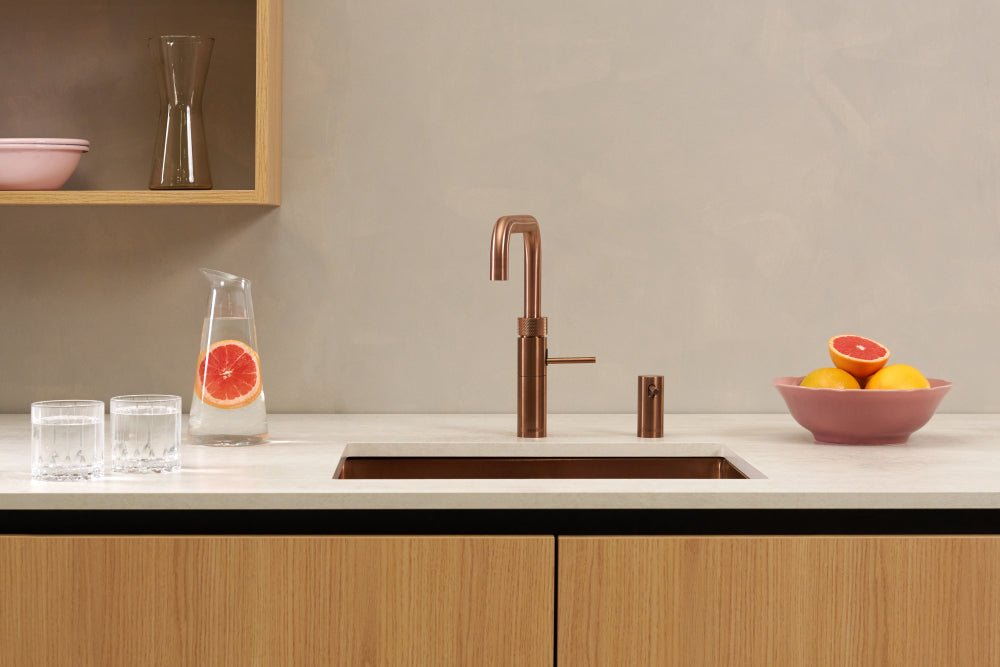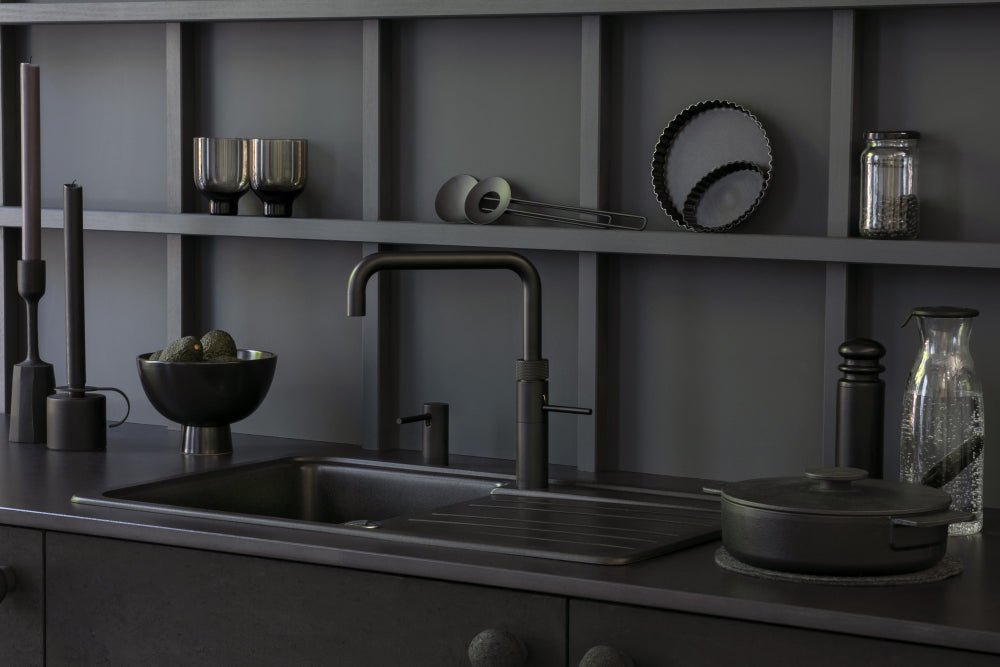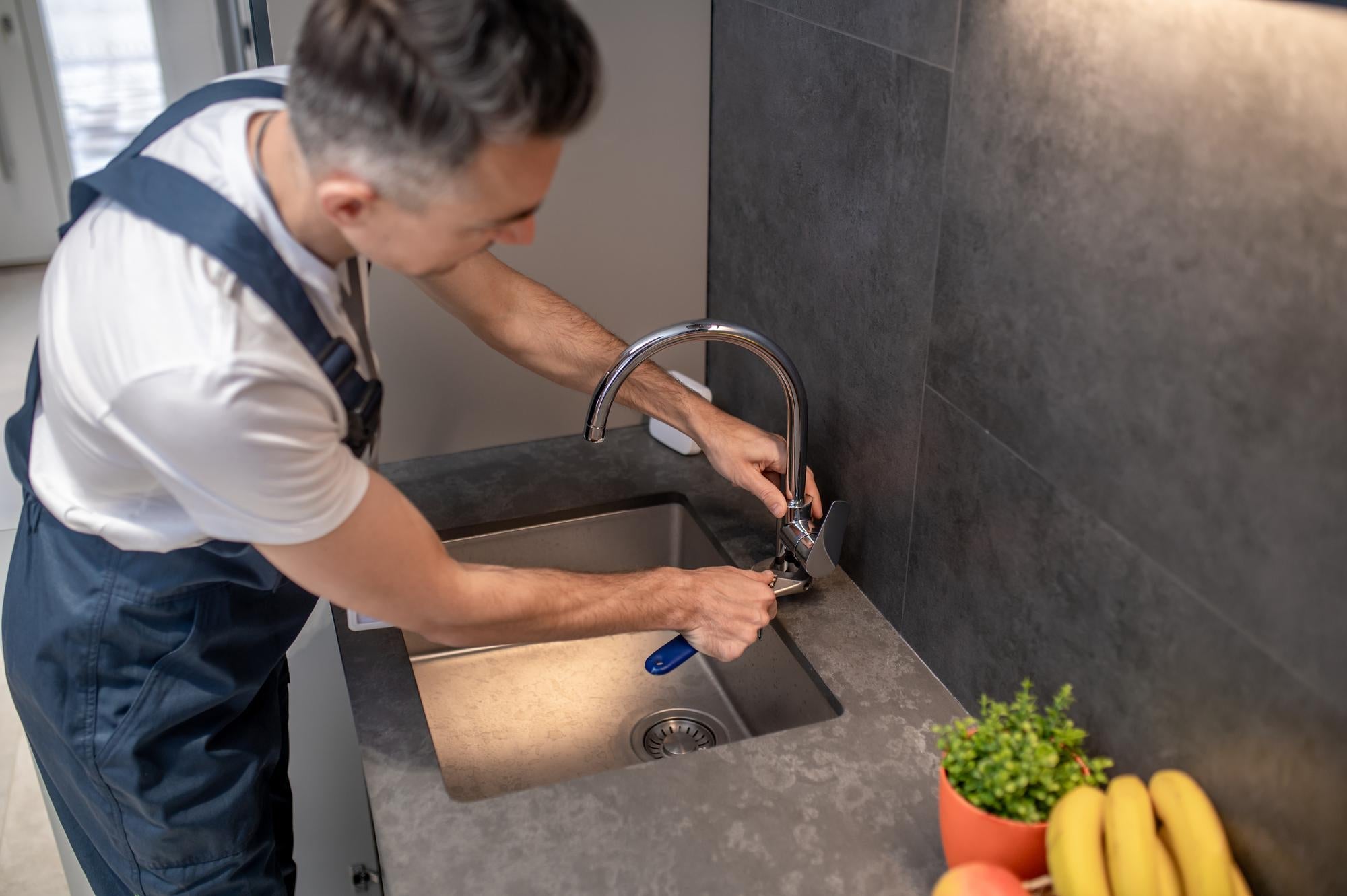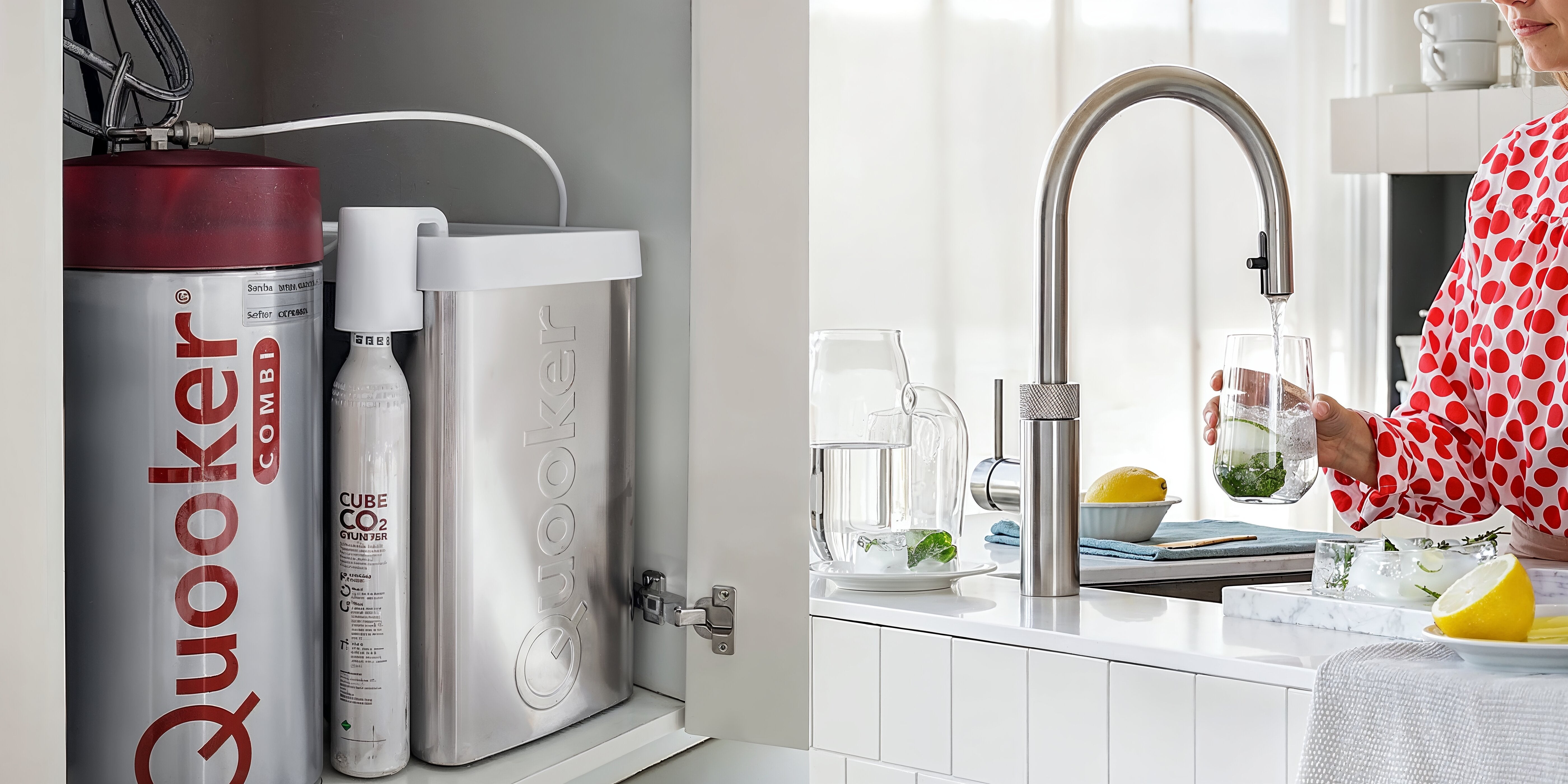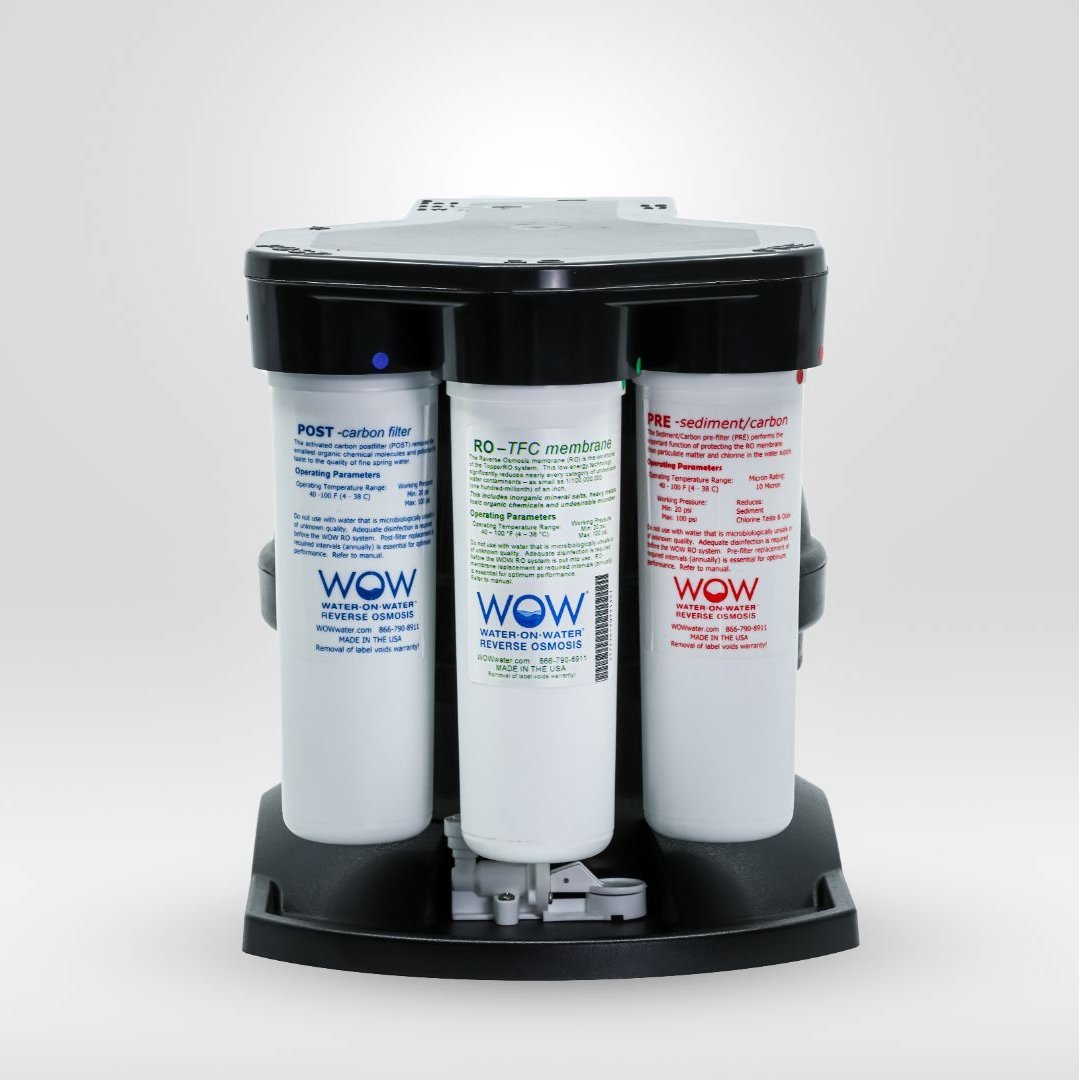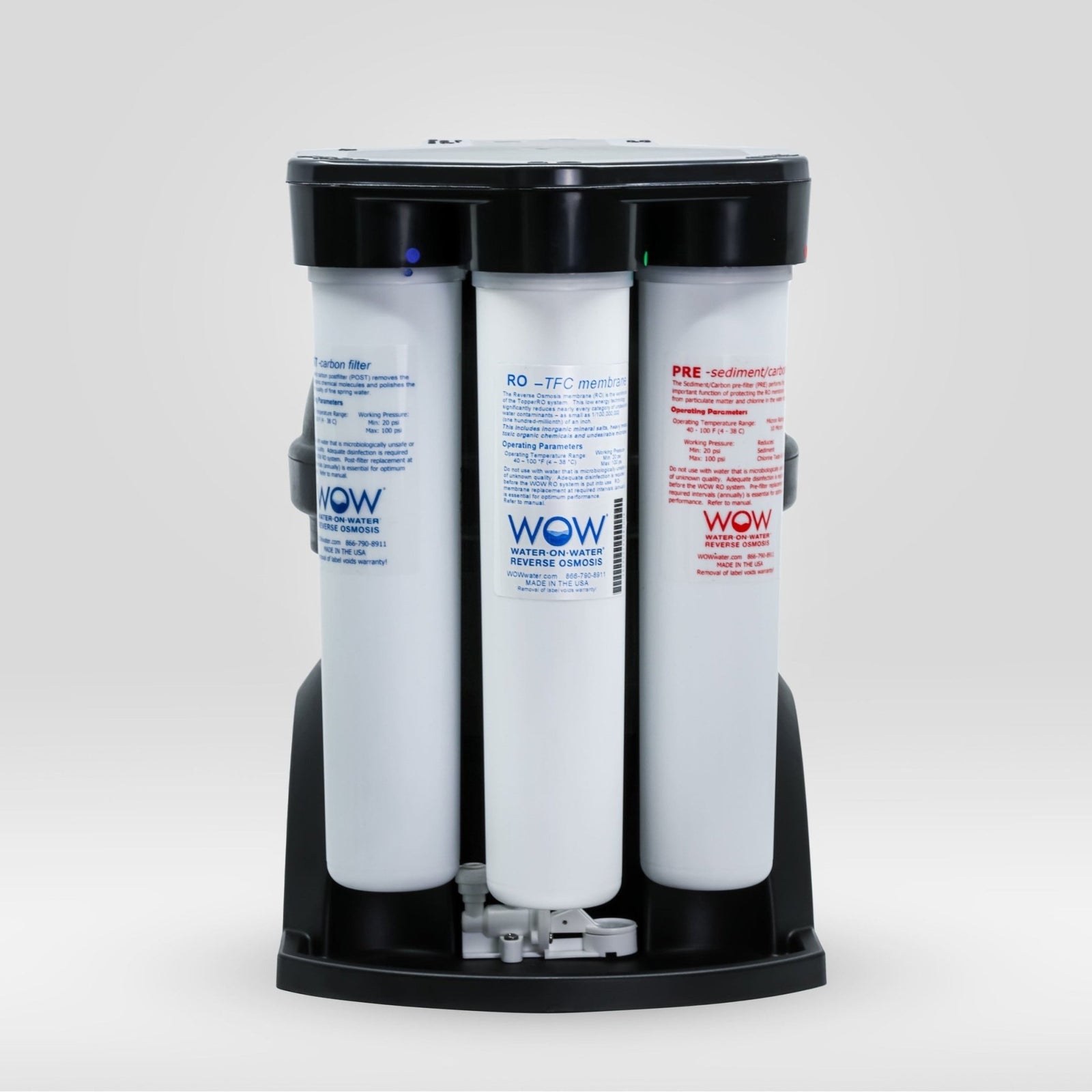When comparing different water filtration systems, it's striking that carbon filters have unique properties that distinguish them from other filter types. Carbon filters use activated carbon to absorb specific contaminants, while other filters, such as sand filters and membrane filters, operate using different mechanisms. Each type has its own application area, depending on the water quality and desired level of purification.
What is a carbon filter and how does it work?
A carbon filter is a purification system that uses activated carbon to remove unwanted substances from water. The absorption process is based on the porous structure of activated carbon, which creates a large surface area for contaminants to adhere to.
A carbon filter works by adsorption: the process by which contaminant molecules adhere to the surface of the activated carbon. Due to its microscopic pores, a small block of activated carbon has an impressive surface area, covering thousands of square meters. This makes it particularly effective at removing organic compounds, chlorine, and other chemicals.
There are different types of carbon filters:
- Granular activated carbon filters (GAC) - consist of loose granules of activated carbon
- Carbon block filters - compressed blocks of activated carbon
- Powdered activated carbon (PAC) - finely ground carbon powder
At PureAqua, we use activated carbon filters as a pre-filter in our water filtration system . This pre-filter removes larger particles and organic contaminants, extending the life of the entire system.
What are the main differences between carbon filters and sand filters?
Carbon filters and sand filters operate on fundamentally different principles. Sand filters mechanically trap particles between the sand grains, while carbon filters absorb contaminants at the molecular level.
| Characteristic | Carbon filter | Sand filter |
|---|---|---|
| Filtration principle | Adsorption | Mechanical filtration |
| Effective against | Organic substances, chlorine, flavors and fragrances | Sediment, larger particles |
| Maintenance | Filter replacement (annually) | Rewind (regular) |
Sand filters are excellent for removing larger particles and suspended solids, but less effective against dissolved chemicals. Carbon filters, on the other hand, are superior at removing chlorine, pesticides, and organic compounds, but are less effective at trapping larger particles.
What contaminants does a carbon filter remove that other filters can't?
Carbon filters excel at removing specific contaminants that other filter types often let pass. Activated carbon is particularly effective against:
- Chlorine and chlorine derivatives from tap water
- Volatile organic compounds (VOCs)
- Pesticides and herbicides
- Industrial solvents
- Undesirable flavors and odors
Conventional filters like sand filters cannot effectively remove these dissolved chemicals. Membrane filters can retain some of these substances, but carbon filters are specifically designed to absorb organic compounds, making them ideal for improving the taste and odor of water.
How do you choose between a carbon filter and a membrane filter for your situation?
The choice between a carbon filter and a membrane filter (such as a reverse osmosis system) depends on several factors:
- Water quality - For lightly contaminated water, primarily with chlorine or taste issues, a carbon filter may be sufficient. For more heavily contaminated water with dissolved minerals, reverse osmosis is more effective.
- Purification goals - A carbon filter is ideal for flavor enhancement. For complete purification, including mineral removal, a membrane filter is required.
- Water Consumption - Membrane filters produce wastewater, while carbon filters do not.
- Maintenance - Carbon filters require simple annual maintenance, while membrane systems can be more complex.
At PureAqua, we combine both technologies in our water filter system, The Source. The system uses an activated carbon filter as a pre-filter, followed by a reverse osmosis membrane that removes up to 99% of unwanted substances.
Key insights on carbon filters and filter alternatives
When choosing the right filter system, it is important to understand the strengths of different filter types:
- Carbon filters are excellent for removing chlorine, organic matter and improving taste and odor
- Sand filters are effective for removing sediment and larger particles
- Membrane filters such as reverse osmosis systems offer the highest degree of purification (up to 99% of all contaminants)
For optimal results, we recommend a combined system. In our case, The Source uses an activated carbon pre-filter, followed by reverse osmosis and a post-filter for perfect taste. This ensures water in its purest form, free of virtually all contaminants.
Want to know more about which filter system best suits your needs? Contact us for personalized advice about our water filter systems .

